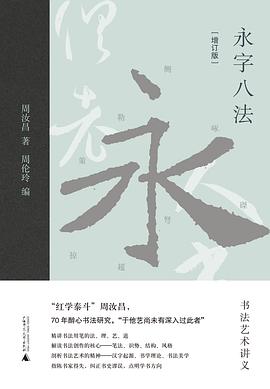
【内容介绍】
“我对‘书学’下功夫,比对‘红学’多得多。”——周汝昌
少年时学书,抗日战火中写书,唐山地震中著书,对书法的学习和钻研贯穿周汝昌的学术生涯。《永字八法》作为周汝昌毕生书法创作和研究的总结,实实在在解答了书法学习中遇到的问题:选狼毫笔还是羊毫笔,初学者由篆隶入手还是从楷书入手,学碑还是临帖,一定要中锋行笔吗,“藏锋”究竟怎么藏,“锥画沙”“屋漏痕”又是指什么,为何单取“永”字而立“八法”……周汝昌不仅耐心回复具体问题,还推而广之,广涉书法创作中的笔法、识势、结构和风格等关键问题,乃至汉字的起源、书法美学等理论话题,用精妙的语言娓娓道来,让人人读完都有所启发。
学习书法,大致可分为三个方面——用笔、结构、风格,而用笔是关键。甚至可以说,学书法就是学用笔——笔法。“永字八法”是古人以“永”字为例,概括总结出的楷书八种基本笔画的书写要点,堪称书法学习的基本法则,也是学习书法的基本功,更是理解“书”之有“法”的必修课。本书即以“永字八法”为切入点,详细解读了书法学习的方法、书学理论与书法美学。
《永字八法》分为上、中、下三编。上编《书法艺术答问》,以一问一答的形式,就学习书法过程中的常见问题进行解答,阐述了“永字八法”的基本内涵和在书写中的应用,可谓是“答疑解惑”篇。如果说上编是“入门”,那种中编《书道圣经》则是“进阶”——追溯书法的源流,剖析书法美学中的几个关键词,如沉著、劲险、明利、遒媚等等,从更宏观的角度阐释了书法艺术的历史与美学。下编《书法的奥妙》更是深入“书法堂奥”,就书学笔法、“遒媚”之内涵、中国书法“聿(字左下有两撇,音津)学”之起源、石涛“一画”论与中国书画艺术的精神等进行专门探讨。在全书附录部分,我们能看到周汝昌对欧阳询《皇甫君碑》年代的考证,对孙过庭《书谱》的诠释,以及和袁殿勇讨论书法的书信往来。此外,书的主体之外,附有周汝昌生前四处搜购的部分字帖(周汝昌称其为“破帖”),以及周汝昌背临的《兰亭序》长卷(启功、徐邦达、王学仲题跋)。三编内容层层深入,附录与“破帖”作为补充,使《永字八法》成为一本内容全面的书法学习著作。
作者简介
周汝昌(1918—2012),红学家、古典文学研究家、诗人、书法家,是继胡适等诸先生之后新中国红学研究第一人,被誉为当代“红学泰斗”。1918年生于天津,燕京大学西语系本科、中文系研究院毕业。历任燕京大学外国语文系兼任教员,华西大学、四川大学外文系讲师,人民文学出版社编辑,中国艺术研究院终身研究员。出版学术论著四十余部,包括红学、中国文学艺术理论、诗词鉴赏、书法等。他从小喜爱书法,大学时醉心书法练习,好收藏研究碑帖,在书法领域所下功夫甚深,与启功、徐邦达、张伯驹等交往甚密,尤其钻研王羲之书法,著有《永字八法——书法艺术讲义》《兰亭秋夜录》等。
【 Content Introduction 】
"I put a lot more effort into 'book study' than 'redology.'" -- Zhou Ruchang
When he was young, he studied books, wrote books during the Anti-Japanese War, and wrote books during the Tangshan earthquake. The study and study of calligraphy ran through Zhou Ruchang's academic career. As a summary of Zhou Ruchang's calligraphy creation and research throughout his life, "Eight Laws of Everlasting Character" actually answers the problems encountered in calligraphy learning: Choose Wolf brush or sheep brush, beginners start with the seal script or from the regular script, learn tablet or linpo, must center line pen, "Tibetan Feng" how to hide, "cone painting sand" "house holes" is what, why take a single "Yong" word and set up "eight methods"...... Zhou Ruchang not only patiently replies to specific questions, but also extends to a wide range of key issues in calligraphy creation, such as brushwork, awareness, structure and style, and even the origin of Chinese characters, calligraphy aesthetics and other theoretical topics, with exquisite language, so that everyone will be inspired to read.
Learning calligraphy can be roughly divided into three aspects - brush, structure, style, and brush is the key. It can even be said that to learn calligraphy is to learn to use the brushwork. "Yongzi Eight Methods" is the ancient "Yongzi" as an example, summarized the eight basic strokes of regular script writing points, can be called the basic law of calligraphy learning, is also the basic skill of learning calligraphy, but also to understand the "book" of "law" required course. This book takes "eight methods of everlasting character" as the starting point, explains the method of calligraphy learning, the theory of calligraphy and calligraphy aesthetics in detail.
Yongzi Eight Fa is divided into three parts: upper, middle and lower. "Calligraphy art Answer", in the form of a question and answer, answers the common questions in the process of learning calligraphy, expounds the basic connotation of "eternal word eight method" and its application in writing, which can be described as "answer questions and solve doubts". If the upper compilation is the "introduction", the kind of the "book Bible" is the "advanced" - tracing the origin of calligraphy, analyzing several key words in calligraphy aesthetics, such as calm, vigorous danger, bright and beautiful, etc., from a more macro perspective to explain the history and aesthetics of calligraphy art. The next edition of "The Mystery of calligraphy" is in-depth "calligraphy master", on the book learning brush method, the connotation of "Qiu Mei", the origin of Chinese calligraphy "Yu (the word has two strokes under the left, the sound of Jin)", Shi Tao "a painting" theory and the spirit of Chinese painting and calligraphy art. In the appendix of the book, we can find Zhou Ruchang's research on the age of Ouyang Xun's Huangfujun Stele, his interpretation of Sun Guoting's Book Notation, and his correspondence with Yuan Dianyong discussing calligraphy. In addition, in addition to the main body of the book, there is a part of the book that Zhou Ruchang searched and bought around (Zhou Ruchang called it "broken book"), as well as the long volume of "Lanting Preface" that Zhou Ruchang carried back (Qigong, Xu Bangda, Wang Xuezhong). The contents of the three parts are in-depth, and the appendices and "broken posts" as supplements make the "Eight Laws of Eternal Character" a comprehensive calligraphy study work.
About the author
Zhou Ruchang (1918-2012), a redologist, classical literature researcher, poet and calligrapher, was the first person to study redology in New China after Hu Shi and others, and was known as the contemporary "king of Redology". Born in Tianjin in 1918, he graduated from Yenching University with a bachelor's degree in the Department of Western Language and Graduate School of Chinese Language. He has been a part-time faculty member of the Department of Foreign Languages and Literature of Yenching University, a lecturer of the Department of Foreign Languages of West China University and Sichuan University, an editor of People's Literature Publishing House, and a lifelong researcher of the Chinese Academy of Arts. He has published more than 40 academic books, including redology, Chinese literature and art theory, poetry appreciation, calligraphy and so on. He was fond of calligraphy since childhood, and was obsessed with calligraphy practice in college. He collected and studied inscriptions, and made great efforts in the field of calligraphy, communicating closely with Qigong, Xu Bangda, Zhang Boju, etc. He especially studied Wang Xizhi's calligraphy, and wrote "Eight Methods of Permanent character - Calligraphy Art Lecture Notes" and "Lanting Autumn Night Record".
 热门标签
热门标签
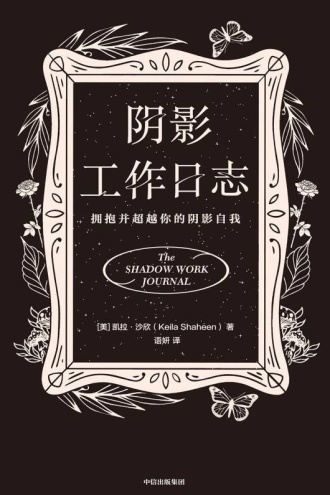
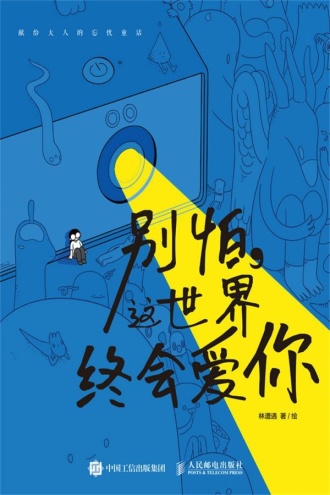
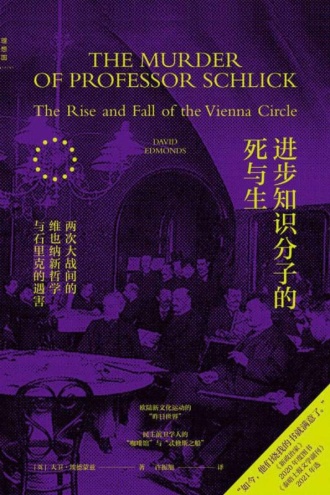
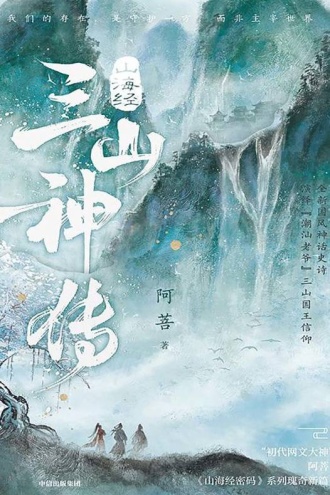
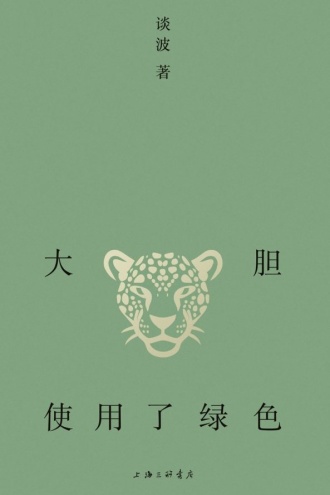
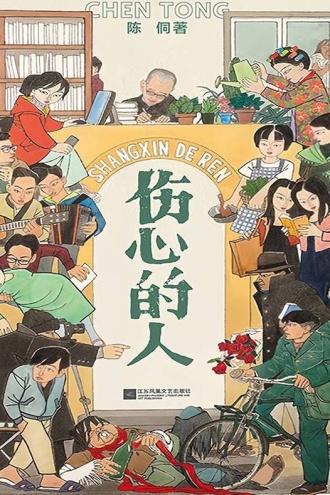
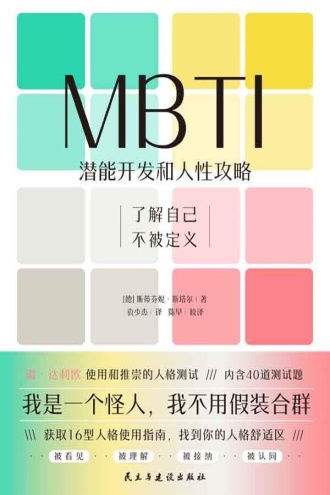
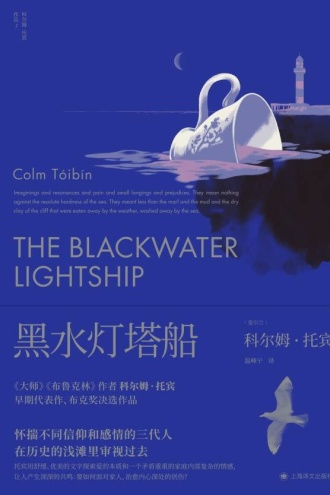
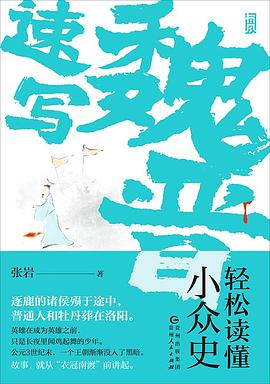
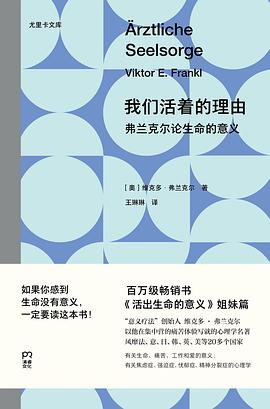
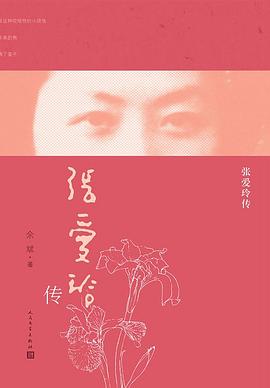
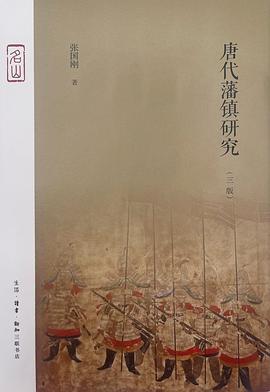
 书单推荐
书单推荐